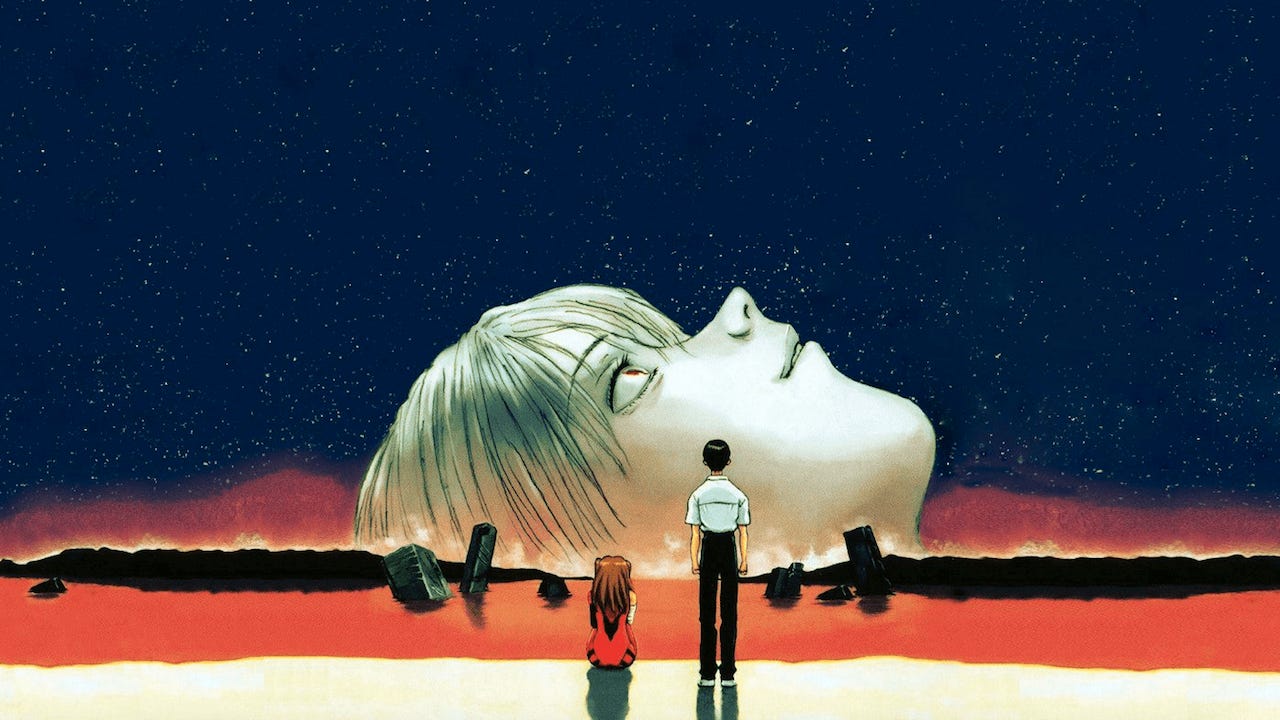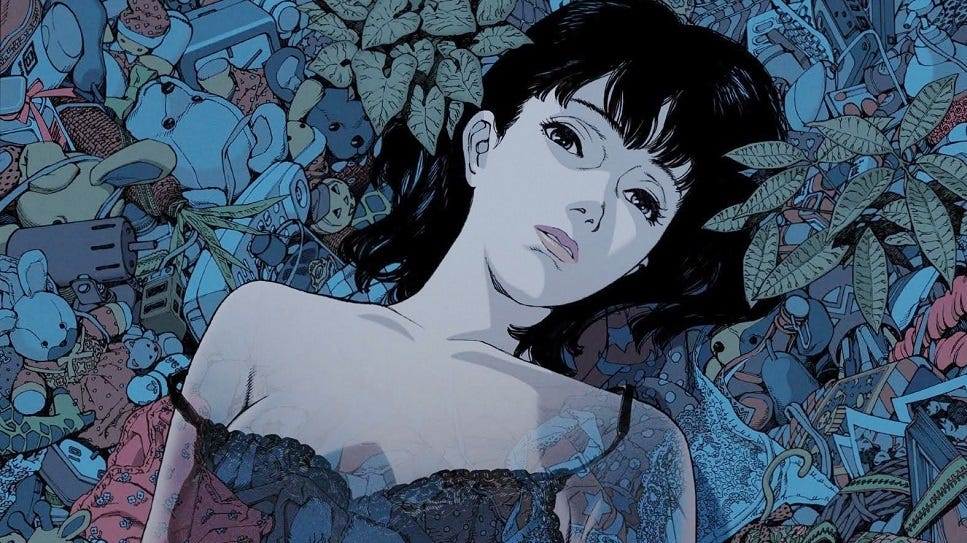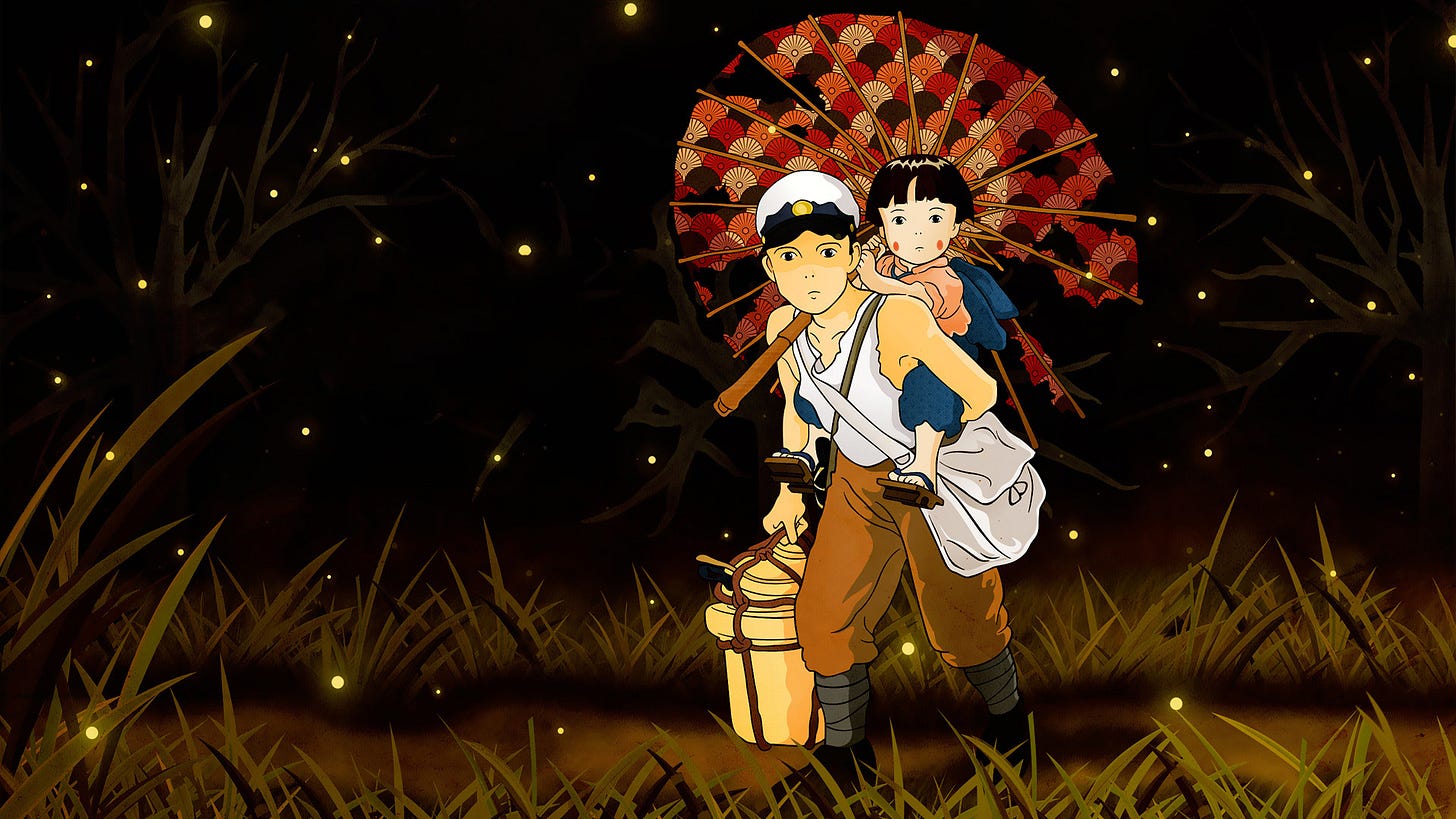The Spiritual Dangers of Anime and Manga Pt. 1
An examination of anime and manga through the Traditional lens: their beauty, their corruption, and the spiritual dangers beneath their charm.
“Anime was a mistake. It’s nothing but trash. Those who identify as ‘otaku’, they sicken me deeply.”
- Hayao Miyazaki, co-founder of Studio Ghibli.
Background and Initial Considerations
Intellectual intuition is the key to sobering realizations, especially about subjects that are inconvenient with their respect to higher truths. We came to such a realization recently with regards to modern and post-modern media in general, but some special considerations must be explored to put forward recognitions of principles from the Traditional perspective, mainly with regard to evaluating the phenomenon of Anime and Manga, as well as the cultures that participate and extend from such a medium.
The reader should know that we have watched a fair amount of anime and read an equivalent amount of manga, from the period of our childhood through middle adulthood, as a result of the influx of media from the East becoming more readily available to Western audiences. We make these recognitions not as an outsider to the medium but as a person who in the past actively participated in consuming such media, as we now only do so in a passive capacity. We would like to think that we’re more than familiar with certain trends, discussions, and culturally understood information that extend from this subset of cultural interest. We also don’t want to suppose that anime and manga reflect the fullness of the culture of the Japanese people, as this is incongruent with how more Traditionally oriented Japanese feel about their own culture, whereas anime and manga are more so reflective of modern trends than they are of any aspect or facet of properly oriented Traditional information or knowledge that extends from Shinto or Buddhist Japan.
With this all being said, we have had an acute realization of the spiritual dangers that anime and manga predispose viewers and readers toward, and, given the influence and popularity of such a medium of expression, such considerations cannot be ignored. As such, one finds it needful to require a thorough investigation and explication of such factors to identify the concerning elements, so as to best guard against their influences, especially if one is focused on cultivating spiritual practice towards the end of salvation or, ideally, spiritual realization, either via initiation or mysticism. This will more than likely confuse and perplex those with no concept of these topics, but the importance of such pursuits have greater supremacy over those who are ignorant of such factors (see Rene Guenon’s Perspectives on Initiation and Initiation and Spiritual Realization).
As someone who has thoroughly enjoyed the subject matter of anime and manga over much of one’s formative years, we say much of this with a heavy heart, but the truth takes precedence over any sentiment, so we will now digress towards achieving a thorough assessment of how anime and manga ought to be viewed with respect to what it achieves, both in the microcosm and macrocosm of human experience.
Anime and Manga as Medium
Manga historically, as an artistic medium, began around the 12th century in Japan in its earliest forms via emakimono (絵巻物), i.e. “illustrated scrolls”, which communicated artistic works that retained a Traditional character, as it presented tableaus of historical and theological vistas, though most historians would not consider this as manga par excellence.
It would not be until the 18th century until the term manga (漫画), i.e. “whimsical/entertaining drawing”, became popularized, as a result of more artistic experimentation with the types of stories that could be told with the medium.
There would be further development of this art through the pre-Meiji Restoration era, moving into Imperial Japan’s cultural changes, but the real formalization of manga norms would not come until the situation that Japan found itself in in post-WWII occupation, especially as a result of the greater Western influence working its way into the Japanese nation. Its no doubt that Western animation held a certain sway and influence, with regards to how stories could be told through images and film, but the same considerations did not hold for aesthetic choices necessarily, especially when adapted for Eastern attitudes.
This naturally coincides with the development of anime, especially since Eastern animation techniques were heavily developed from Western ones, starting from the 1910’s and becoming more developed into where it could be consumed via television broadcasts via shows like Osamu Tezuka's Astro Boy, which was instrumental in popularizing contemporary manga as well, which fosters the recognition of the relationship between manga and anime with regards to influence, aesthetic, and story-telling conventions.
The progression of manga into anime is furthered by those like Akira Toriyama of Dragon Ball fame, with regards to series, whereas stand-alone films like Akira and Ghost in the Shell pushed the limits as to what could be animated.
The true heights of development in the anime aesthetic, some could argue, have been realized in the works of Studio Ghibli, co-founded by the directors Hayao Miyazaki and Isao Takahata, which could be a digression in and of itself (see our work on The Esotericism of Spirited Away Pt 1. and Pt.2 for a partial exploration). Many manga becomes anime, and often stand-alone anime becomes manga, and now there’s the use of light novels which lead to manga and become anime as well. Suffice to say, many other creators have filled in all the gaps in all genres and domains in between.
All this background aside, manga and anime are drawn media. As such, there are certain aesthetics, stories, and techniques that can be employed with drawings that simply cannot be shown through live action photographs or video representations. As time has progressed, the lines have become blurred with this distinction via the use of 3DCG in both animated and live action media, but one could argue that the techniques with 3DCG were fostered by the innovations made within the animation sphere, as a result of the want to incorporate certain aesthetics and visual techniques along with real-life actors and settings. Regardless, the drawn aspect of these media allow for the imagination to be unbound and unconstrained by physical limitations. This allows for all manner of fantastical possibilities, evidenced by the plethora of stories created by the anime and manga sphere, for better or for ill, since there are many stories that are inspiring and communicate truth as there are those with falsehoods and spiritually dangerous information built in. As such, one must assess the major trends established within these mediums of expression.
Genre and Audience - Norms and Conventions
The most popular genre in these spheres is no doubt shonen (少年), i.e. “boy/youth”, which has the greatest market appeal, geared more so towards the young male audience, but it can be enjoyed easily by men and women of all ages. Still, the genre conventions of action and fighting, as well as having a focus on friendship and shallow understandings of honor and other virtues, betray a certain lack of maturity and naivete, which is natural given the target audience. Despite this, this predisposes many to a reductionistic and infantilized view of complex issues that should be understood within the context of more refined positions.
Beyond this, the overt focus on action over contemplation leads to the viewer valuing the former over the latter, which is an inversion of metaphysical, or universal, principles and truth (see Rene Guenon's Crisis of the Modern World, Ch. 4 “Knowledge and Action”). This naturally results in the so-called “power fantasy” that most shonen anime participate in, with super-powerful men, women, and other beings having the ability and agency to surmount any challenge and accomplish any and all physical feats, often diminishing the importance of the psychic and spiritual aspects of one's journey, if not negating these two primary domains entirely.
One could argue that shows like My Hero Academia have been most guilty of fostering these trends referenced above in the recent past, Naruto even more so, with shows like Dandadan being an even more hyperbolic example; one might doubt if anyone outside of this culture of viewers that is not a young child or teenager would find any these series thought provoking or engaging, particularly on an intellectual (by which we mean spiritual) level. All that’s left is purely aesthetic and artistic considerations with regards to the artwork and how the stories are told at a technical level.
The same could very well be said for the genre of shoujo (少女), i.e. “young girl”, as well. This shoujo genre more so focuses on romance, interpersonal relationships, and drama considering its more female based audience. This genre, one could argue, often predisposes the viewer to a certain degree of “over-sentimentalization” and idealization of relationship expectations, romantic or otherwise, which can only gear one up for disappointment in one’s real life relationships. This is the opposite of properly oriented spiritual practice that operates to foster equanimity and emotional balance internally, because two extremes know each other - with extreme joy comes extreme sorrow (and if the reader doesn’t believe me, be sure to watch the infamous School Days). Popular series such Sailor Moon, Ouran High School Host Club, and Fruit's Basket are most reflective of this phenomenon in general.
These issues become further compounded as we move from more juvenile stories to the more adult with the seinen (青年), i.e. “young man”, and josei (女性), i.e. “woman/female”, genres. The former moves more towards brutality, hyper-violence, and sexuality being it’s core focuses, with Berserk being the most popular example, whereas Golden Boy is also worth mention, but we would also argue that the works of Inio Asano, in particular the manga Goodnight Punpun, are most emblematic of the darker considerations of the genre.
These themes are less extreme in the latter josei, in which there are more mature themes with a focus on characterization that is more grounded, but the sentimentalization is even more pronounced, with works like Nana, Usagi Drop (with the manga being especially polarizing due to its ending), and Sakamichi no Apollon being the front-runners for consideration in this regard.
The issue of genre distinction into these four subsets becomes more confused as time goes on, with many shonen having shoujo themes and presentations blended together, Inuyasha being the classic example, and even shonen blending with seinen, with Full Metal Alchemist: Brotherhood being the more refined of this phenomena, and even going to the extremes such as works like Mushoku Tensei.
Naturally, josei and shoujo even become fused, with My Dress Up Darling being a good example, since Gojo, the insecure but talented, honorable male protagonist, is interpolated with the lively girl Marin, who is more-so meant to be the supposed “self-insert”, the character that the viewer is more so inclined to identify with and view the work as a proxy for oneself. Many other blends and examples could be given, but this would take us rather far afield.
Aside from those gender considerations for genre, the major genres of fantasy, science fiction, drama, horror, and beyond have their own unique considerations which may very well require their own treatment. We will remind the reader in passing that, in previous generations, particularly in the 1800’s, Western society collectively decried the popularization of fiction novels, especially due to the popularity of adventure and fantasy literature during the Romantic period, saying that it would corrupt the youth and cause them to read the Bible, and other Traditional literature, less. People no doubt spoke up, and in some cases continue to speak out, against the use of radio, film, television, contemporary music, video games and social media in the same context, and their arguments may very well have merit from a purely spiritual point of view. Engaging in certain types of media does not overtly cause one to transgress against the spirit, but they do create a mental disposition that pushes one towards transgression for one reason or another. Much like how the Western world suffers under the yoke of modernity, as does the East, and Japan is most reflective of this (see our Esotericism of Spirited Away for such considerations). Such factors will always exist in media likely until the end of the age.
Aesthetic Considerations
Anime and Manga have a particularized style and conventions. There have indeed been changes over time, with anime and manga pre-1970’s having a more simplistic portrayal, with the following decades having their own distinctive aesthetic patterns. Large eyes, angular features, overly-emotive facial expressions, idealized body-types for men and women, with muscles and curves for shonen and seinen respectively, though not always, and with hair and fashion made immaculate in shoujo and josei - all of these patterns and conventions to form create a decidedly small spectrum of presentation as to how the human form can be expressed in the greater scheme of manifestation. Of course, people enjoy what is beautiful because beauty is a good. However, this causes some issues for consideration.
If one values what is beautiful or is pleasing to the senses first and foremost, one becomes especially predisposed to vice and to not cultivating the virtues, which dulls the intellect and prevents one from achieving higher Truth of a divine order, preventing spiritual impressions upon the soul that may act upon it. From a purely metaphysical point of view, taking in consideration principles of cosmogony, God is the source of all things and, as such, is transcendent above all things. Good, Beautiful, Truth, Love, Justice, and so on - all are Divine Names of God, and yet He is above all such conceptions and names. All that is truly Good is beyond all conception, and anything in which good can be found, creatures or images, is but a dull impression of the good and not the Highest Good in and of itself. This is especially well shown in the Advaita Vedanta school of thought in Hinduism, with the symbolism of the mirror reflecting the Sun, the latter symbolic of the Divine Principle, of which man is just a virtual reflection of.
All of this is to say that beauty is a good, but it is not the Supreme Good, and it is not a good achieved by spiritual perfection. The greatest evidence in favor of this is that beauty can be possessed by those who are both good and evil, and not solely by those on which have been conferred divine favor through spiritual practice and devotion to the Divine, and, even so, those that receive that favor may very well possess very little physical beauty. Also, a primacy of valuing beauty and the senses will reduce one’s charity towards others, either by dislike of people or things that don’t possess beauty or are not pleasing to the senses, and, as such, does not foster humility and emboldens pride, the source of all ills.
This pride in valuing beauty also instills a pride that emboldens lust as well. This is reflected not only by the large amount of anime consumers sexualizing the characters from their favorite narratives but also by creators sexualizing their own creations in an overt fashion, through “fan-service” or otherwise. Beauty can be inspiring, but it can also be the source of counter-inspiration, a push towards that which would pull us to perdition and a love of that which is not God. With this in mind, we must now tackle the most pernicious of factors that are within the anime and manga sphere.
Kawaii, Moe, and Progressive Sexualization
To build off our aesthetic considerations, the phenomena of anime and manga fostering a kawaii (可愛い), i.e. “cute/adorable”, aesthetic, which is usually the contrast to more masculine considerations more evident in the male genres, but even the latter are not immune to such forces. The propensity for anime and manga creators to make their characters or aesthetics kawaii is high, which builds upon the aforementioned focus on beauty. Although, with anime and manga being drawn and virtual, just like with philosophies and other experimental and speculative fields, the potential for idealization is also high.
That which is ideal is that which is perfect, and, from a metaphysical point of view, perfection cannot exist in the physical domain, since the physical is a mixture of quality (essence) and quantity (substance), and the latter, by association, is necessarily limited. Quality can exist without quantity, especially at the higher ontological level of the spirit, but quantity, which is relegated to the material/physical, cannot exist without quality. As such, nothing purely physical is self-sufficient or perfect in and of itself, so any idealization of any temporal conception or thing is fundamentally impossible.
Despite this, that which is kawaii fosters the like of that which is moe (萌え), an idealized feeling of cuteness, which creates a strong attachment towards the virginal feminine as well, especially due to the culturally understood want in this culture to protect such cuteness and purity, through characters and aesthetic forms representative of such phenomena . Not only this, moe can not only lead into idol worship of people and characters but also the idealization of aesthetic formation, and this creates hyper-fixation towards people being recognized as otaku (おたく), i.e. “nerd/geek”, which we will return to later (in Pt. 2).
However, with the one side of the coin being the idealized purity of moe, the other side can only naturally lead to perversion borne from the prideful lust of attachment to beauty as a polar opposite in tandem with the former as extremes. This is what causes the sexualization that we have harkened to in this culture in essence. This leads to the idealized feminine sexuality, and male as well, seen in multiple spheres, to the point where such forms are not congruent with reality, especially with regards to physical proportion and personality . This incongruous lack of conformity with physical and psychic reality is most symbolic of the “tomboy” vs “femboy” phenomenon, with the former having the ideal of the masculine female with muscles and physical hardness on the one hand contrasted with the latter with a male with soft curves and feminine features, two extremes of the non-bifurcated androgyne. This leads to not only a confusion of biological sexual reality, but also of the confusion of sexual roles from a metaphysical point of view (see Julius Evola’s Eros and the Mysteries of Love: The Metaphysics of Sex). One could even argue that such incongruent aesthetic idealizations lead to transsexual ideation in various communities, and for those truly paying attention to such spaces they would find much to agree with here. It should be noted that transsexual leanings often stem from “autogynephilia”, extreme attachment and arousal from sexual forms, and from sexuality in general.
This process is even seen in tandem with the major anime and manga convention of most stories happening with school-age children, as low as elementary and up to high school, which manifest in the creation of loli and shota material, which we shudder to talk about longer than we need to. Instead, we choose instead to move on.
Synthesis and Primary Conclusion
With all this being said, it is not our direct or overt intention to tell people what to do with their personal actions or hobbies. We do not seek to demonize or disparage any person or group that participates in creating or consuming anime and manga in general, as it is such a ubiquitous media in today’s day and age, but more so because doing so goes against the spirit of charity and love for one’s fellow man. People garner and continue to enjoy positive experiences from artistic expressions, and we ourselves have been spiritually affected by various works: Neon Genesis Evangelion, and in particular End of Evangelion, Perfect Blue, Death Note, Spirited Away, Grave of the Fireflies, Princess Mononoke, Welcome to the NHK (the latter to be discussed in Pt.2) - all of these have had profound effects upon our worldview in the past.
Still, there is much in this sphere that serves to distract and dull the intellect from higher pursuits, and yet there is some value to be found here, insofar as one does not fall prey to these negative forces referenced above. Here we shall quote the words of the Lord Jesus Christ who spoke in the Sermon on the Mount thus:
“And if thy right eye offend thee, pluck it out, and cast it from thee: for it is profitable for thee that one of thy members should perish, and not that thy whole body should be cast into hell.” [Matthew 5:29]
If anime, manga, or anything else should cause one to transgress and fall away from that which is truly essential, cast it away from you without a second thought. Some will be able to consume this media without issue, but there are clearly some that are more impressionable and, as a consequence, more subject to negative influences, regardless of medium.
As a result of all that has been said, we implore the reader not to allow one’s imagination to get the better of them, not to allow oneself to fall into losing sight of what is essential, and to not become sentimentally attached to form or objects of idolatry, all so one’s sense of intellect and morality are not perverted away from Truth.
Much of anime and manga can be considered good, and if they didn’t have any good within them then they simply would have no presence and not exist at all. Still, when it comes to spiritual practice, one must forgo that which is good for that which is better. It is good to enjoy things, but it is better to enjoy God.


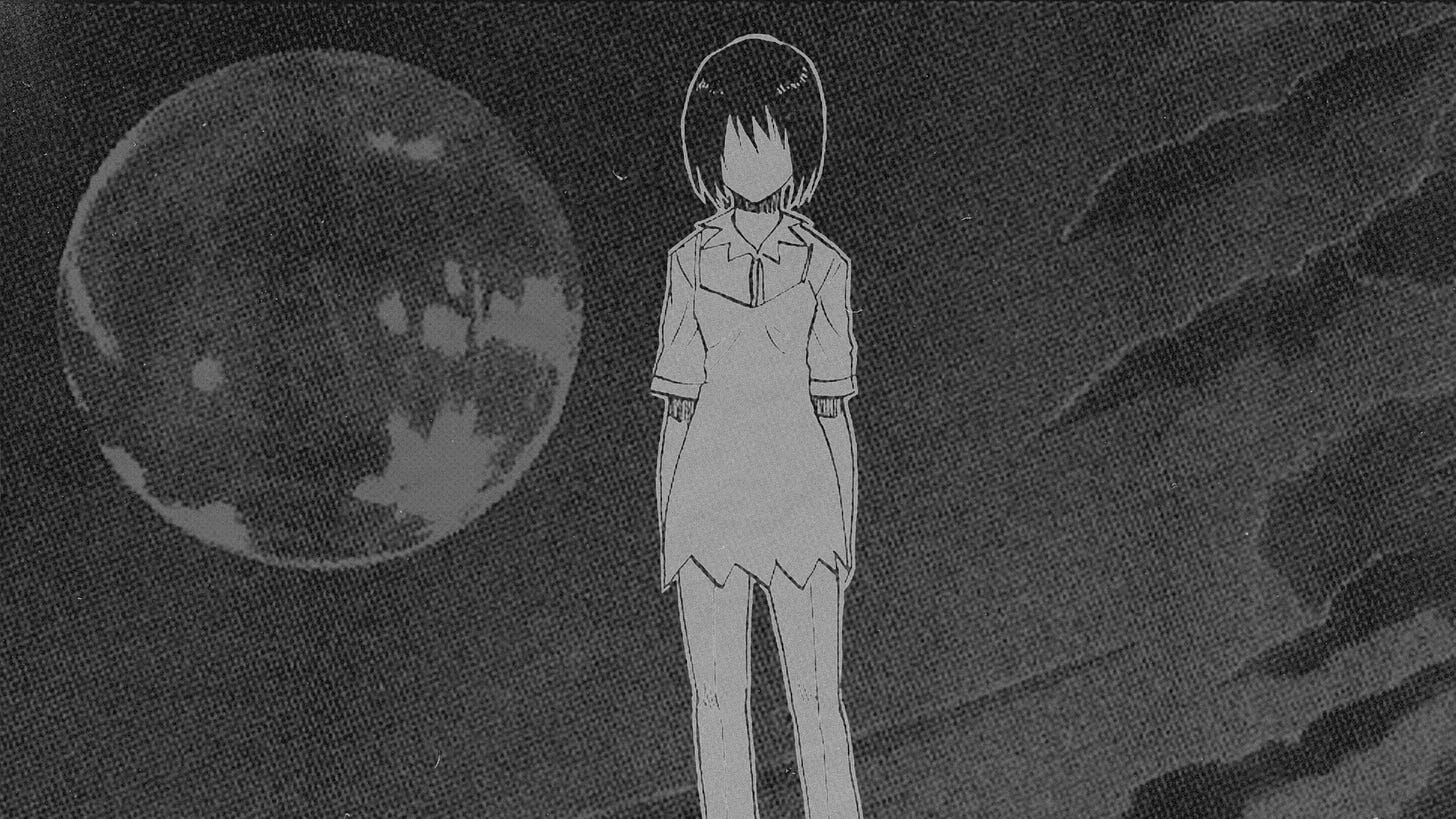
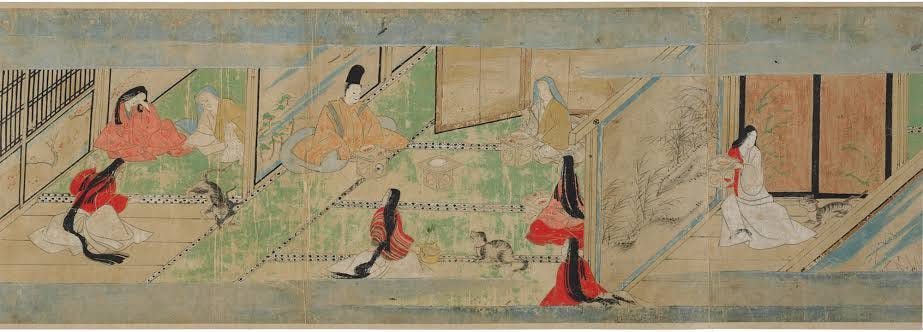
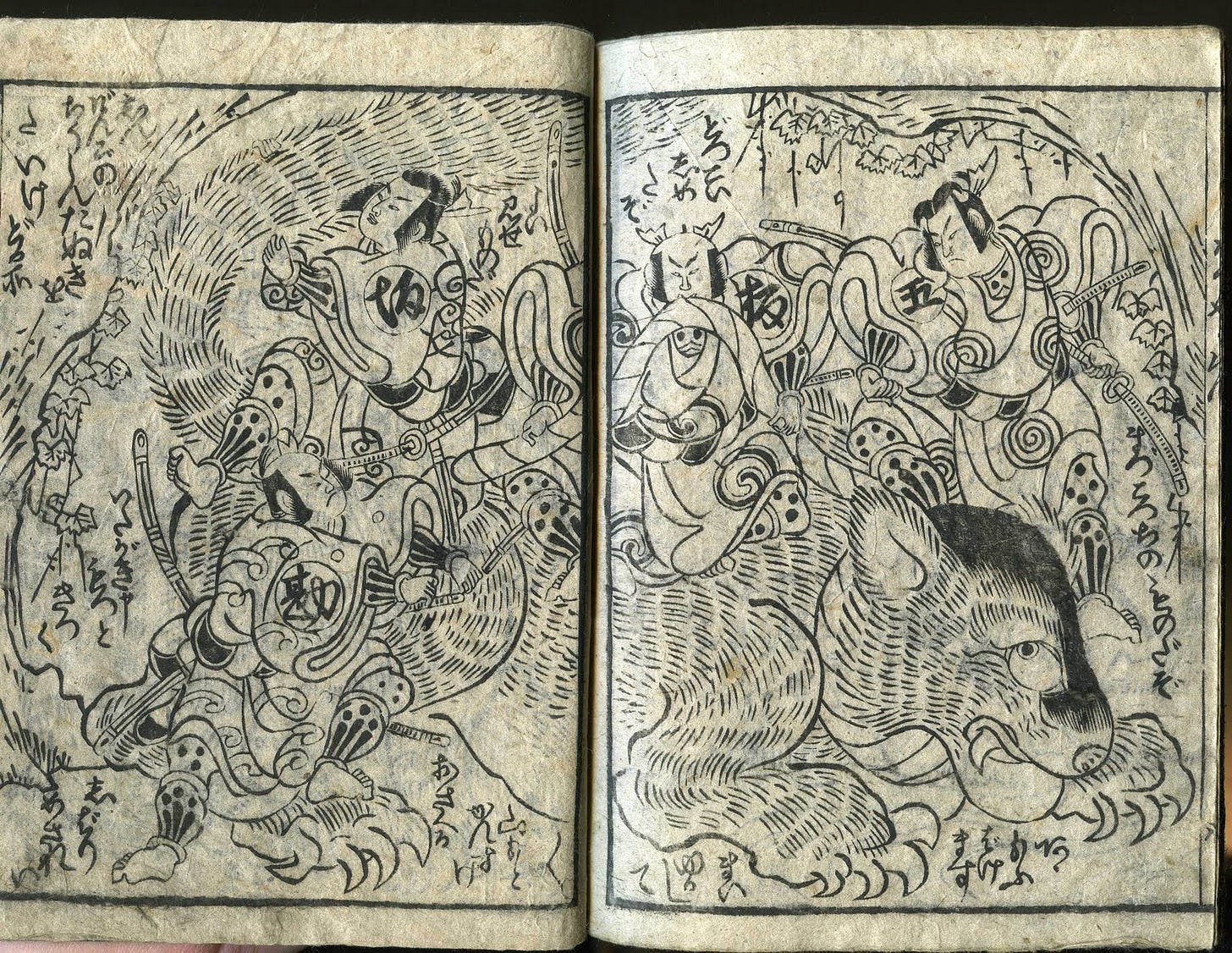
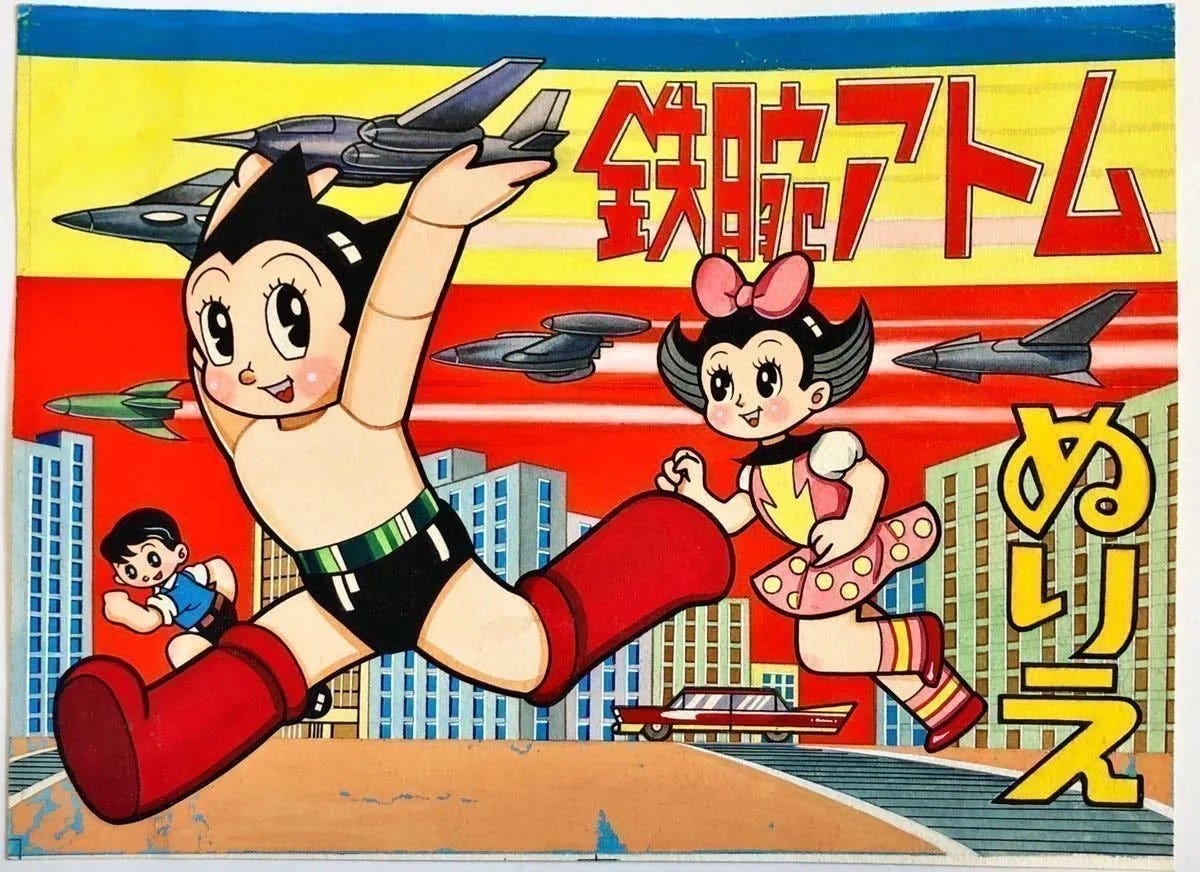
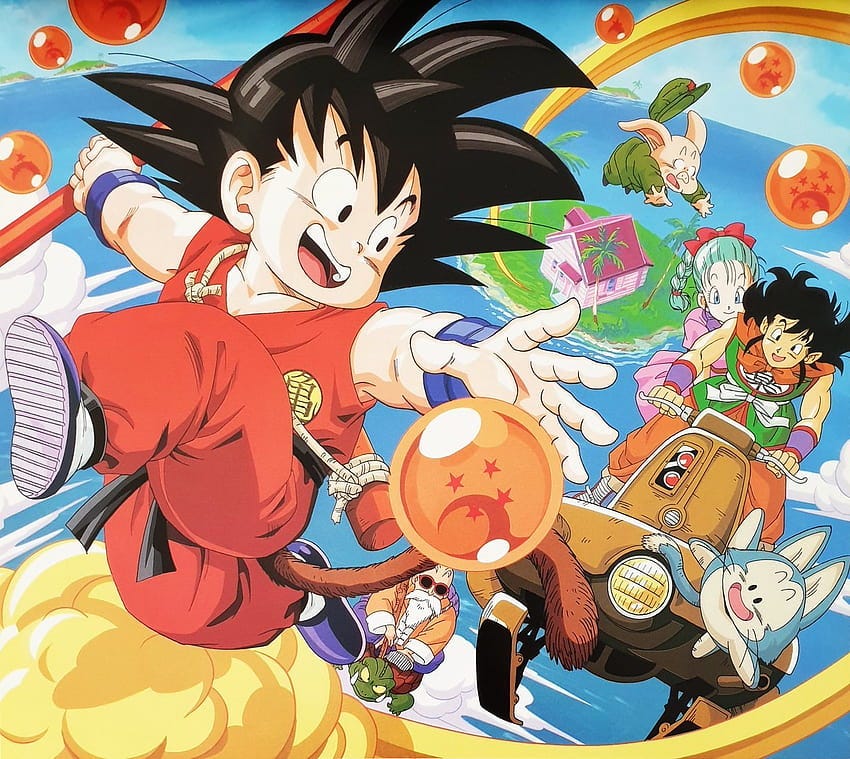
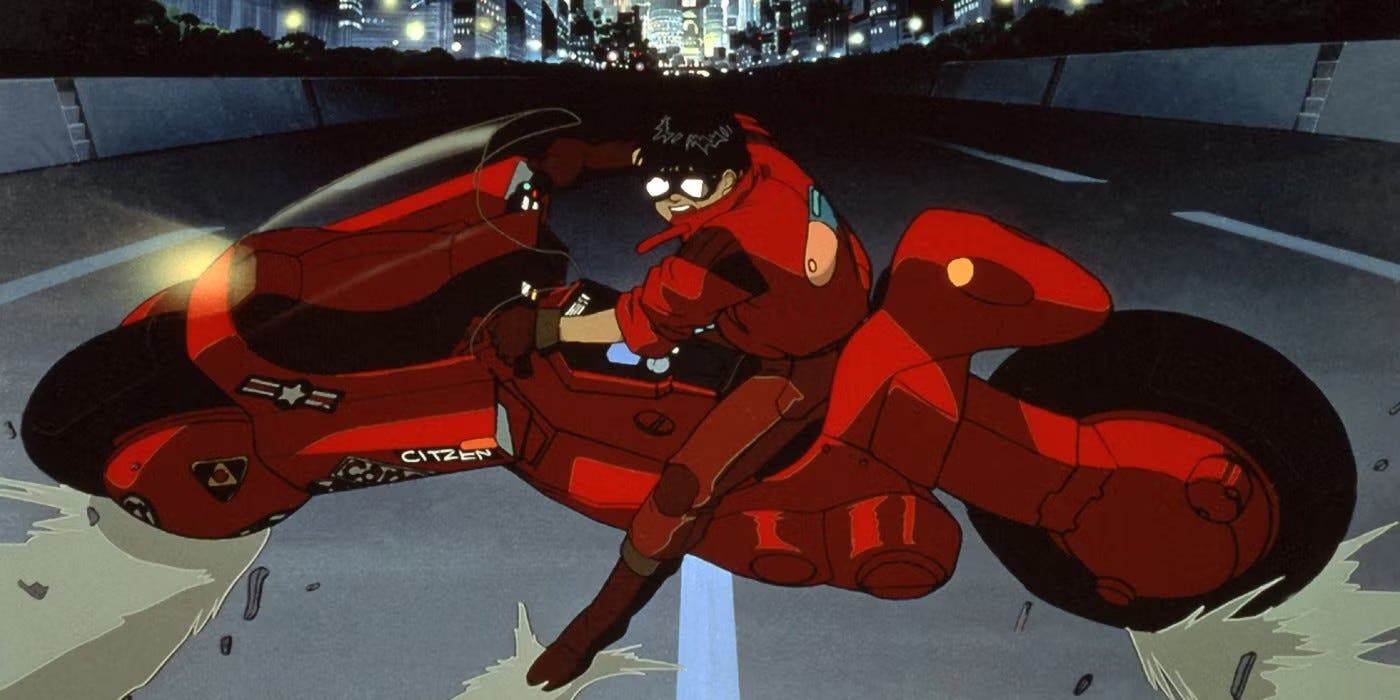
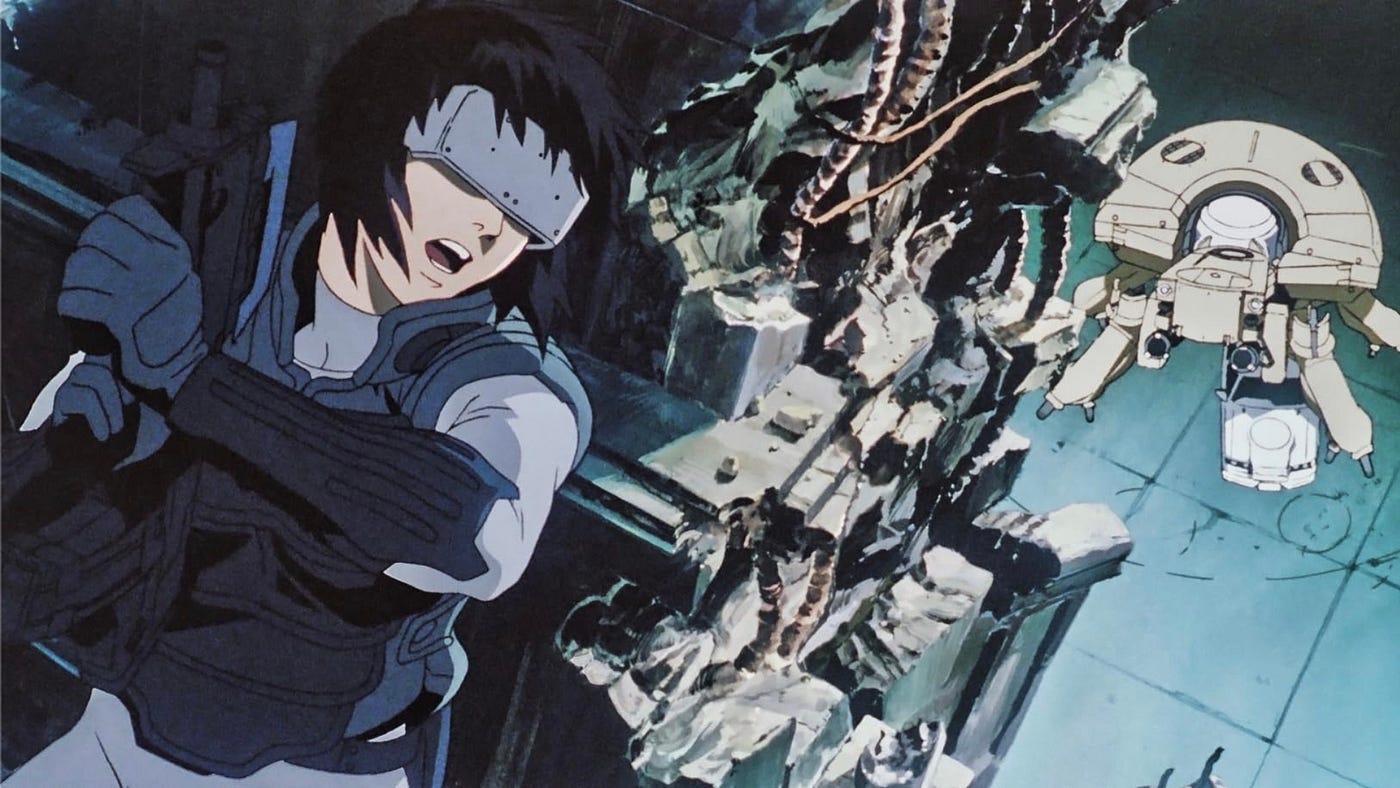
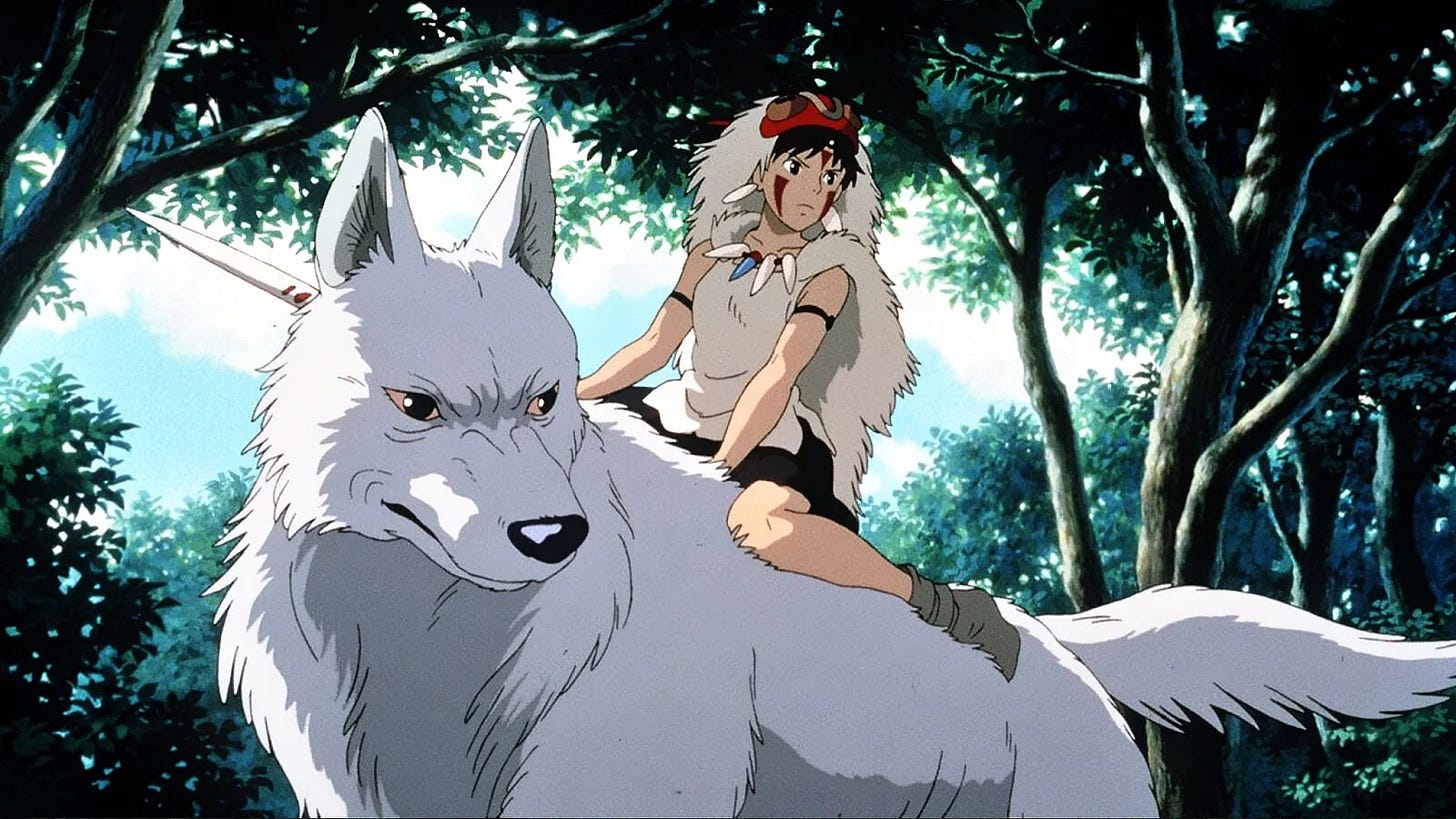
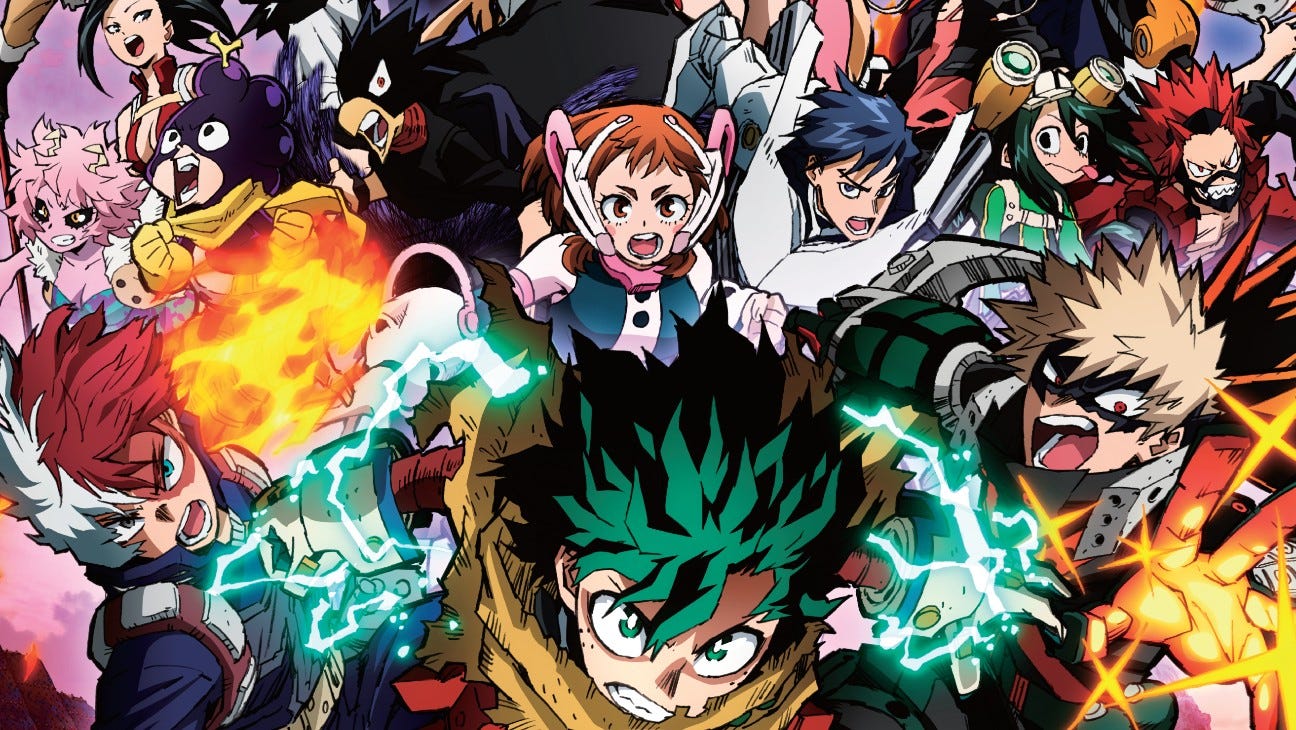

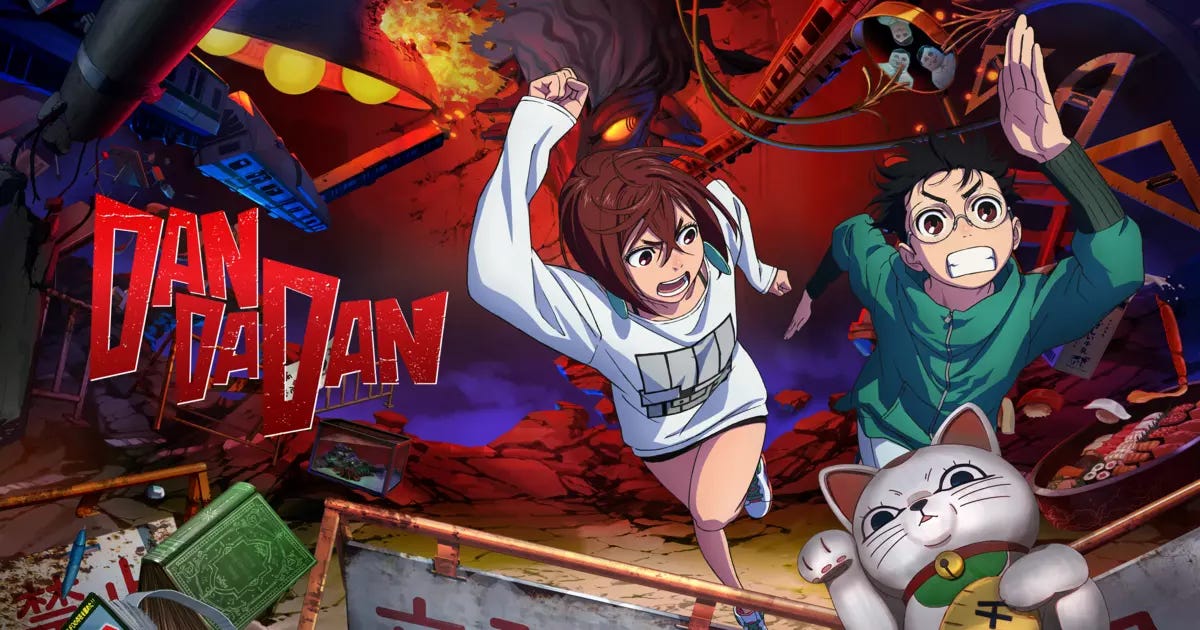
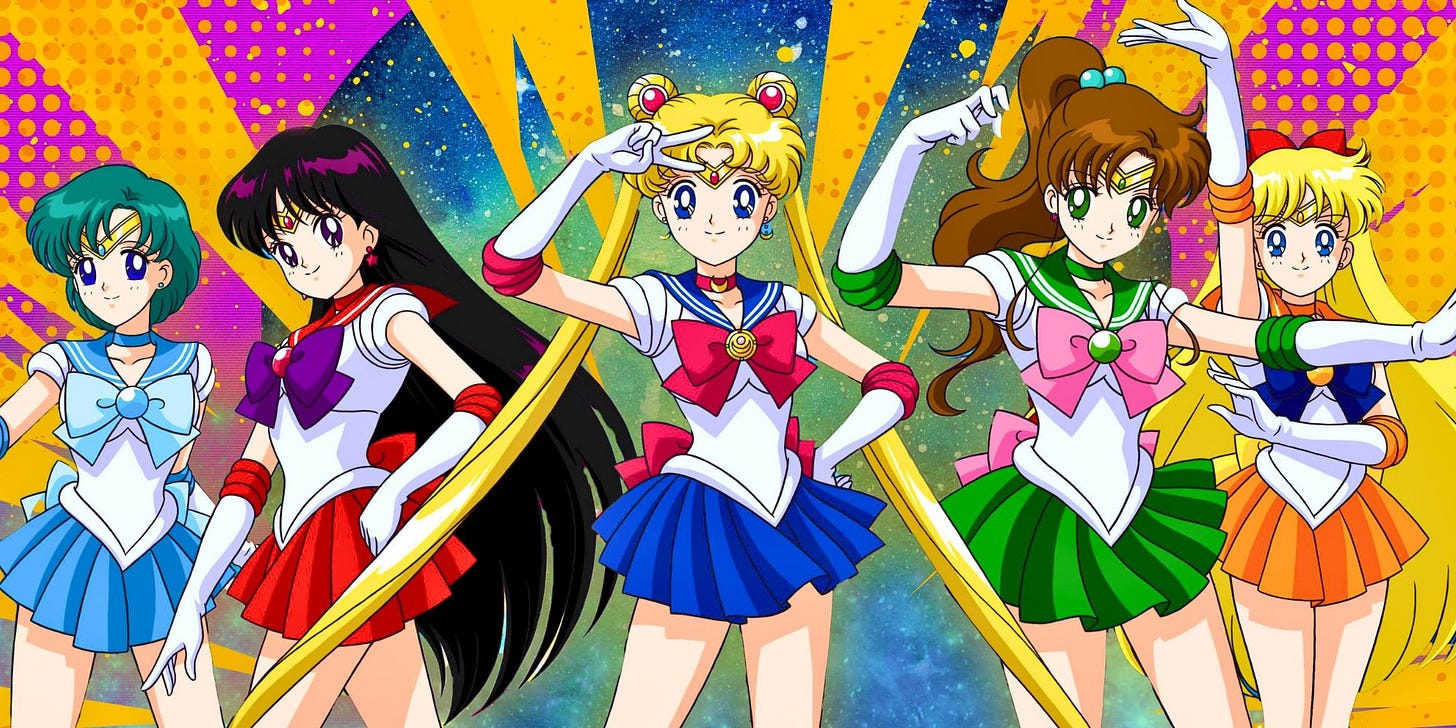
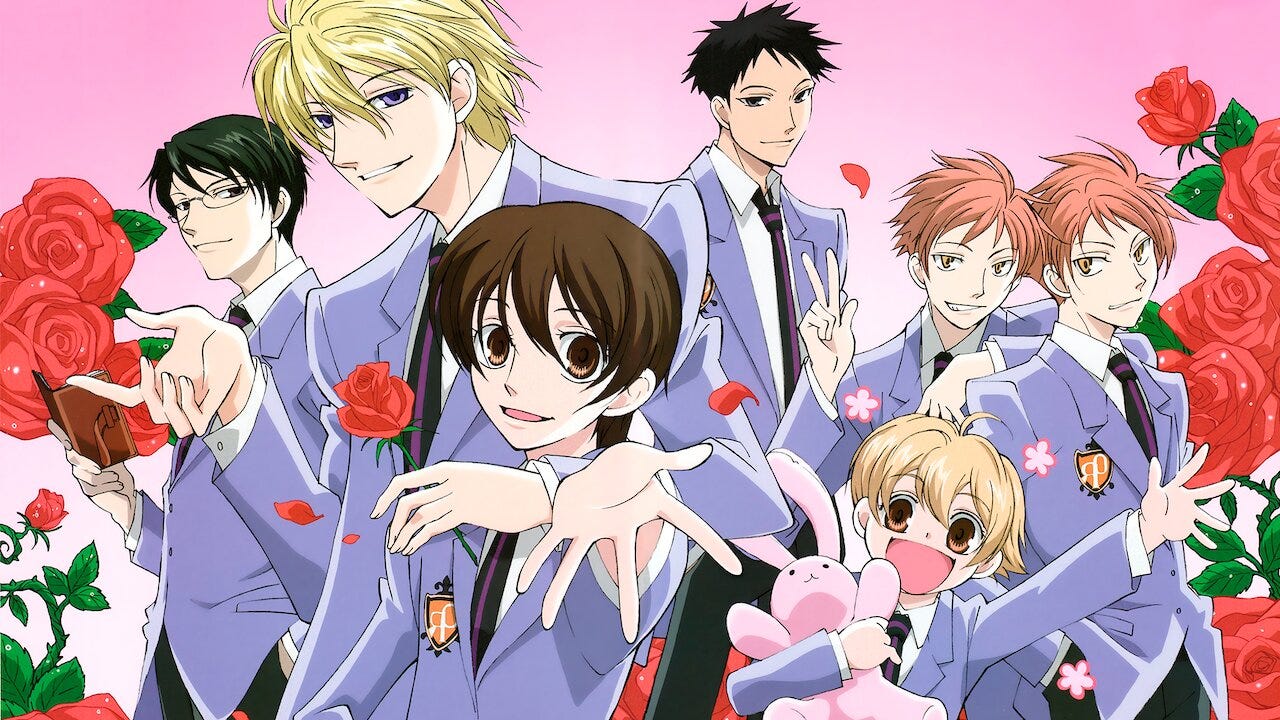
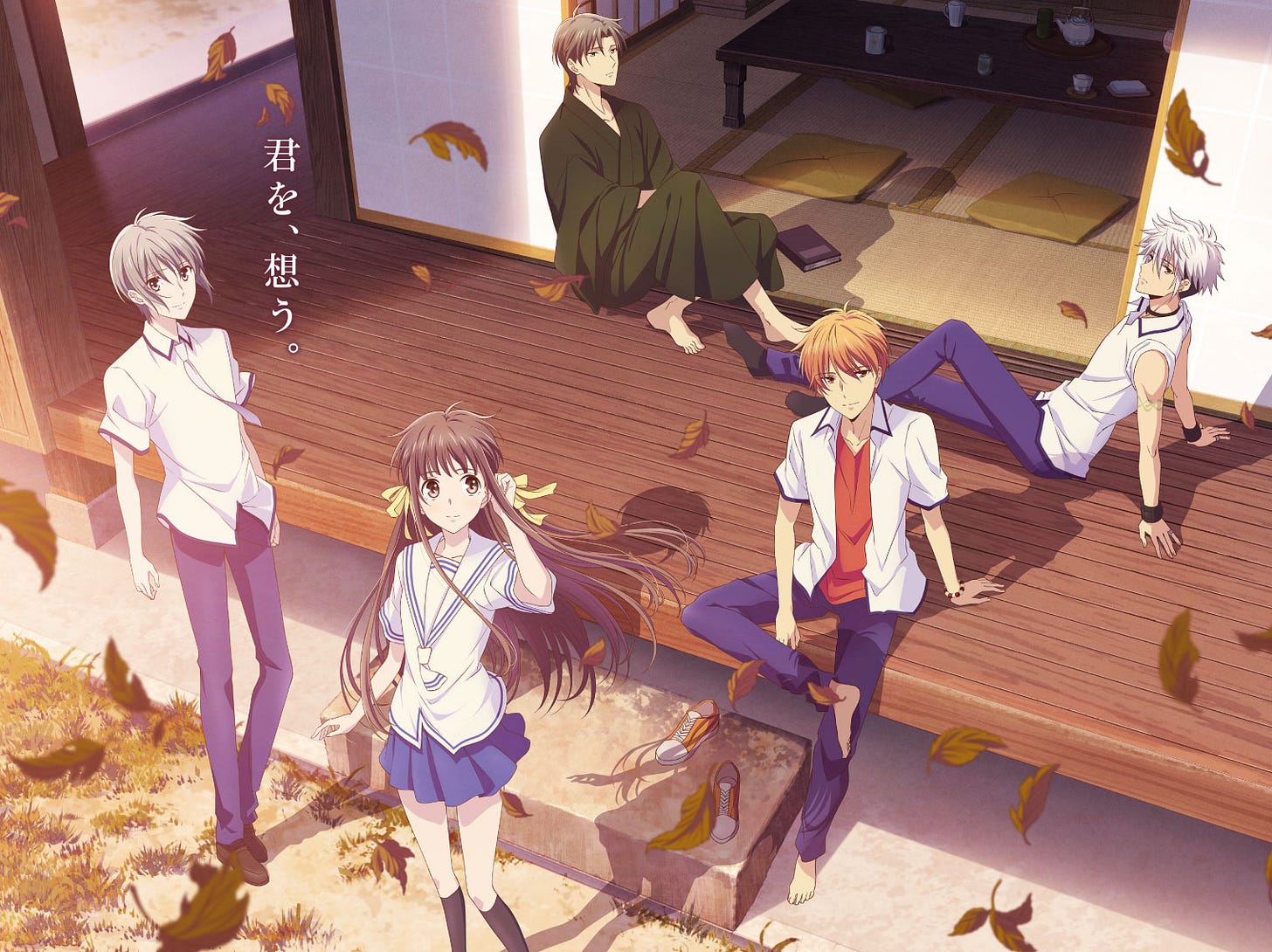
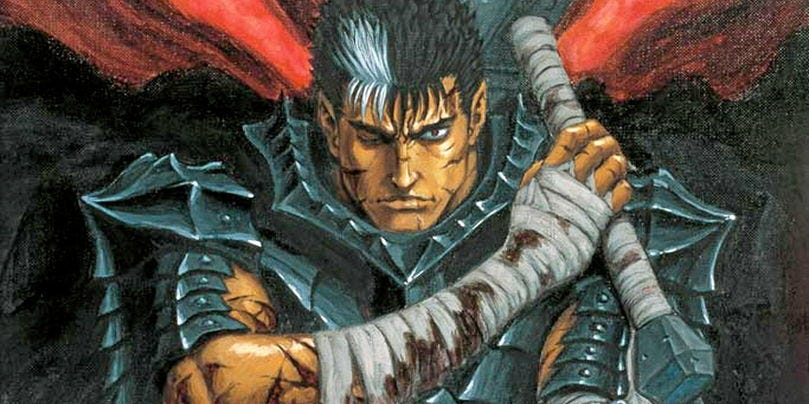
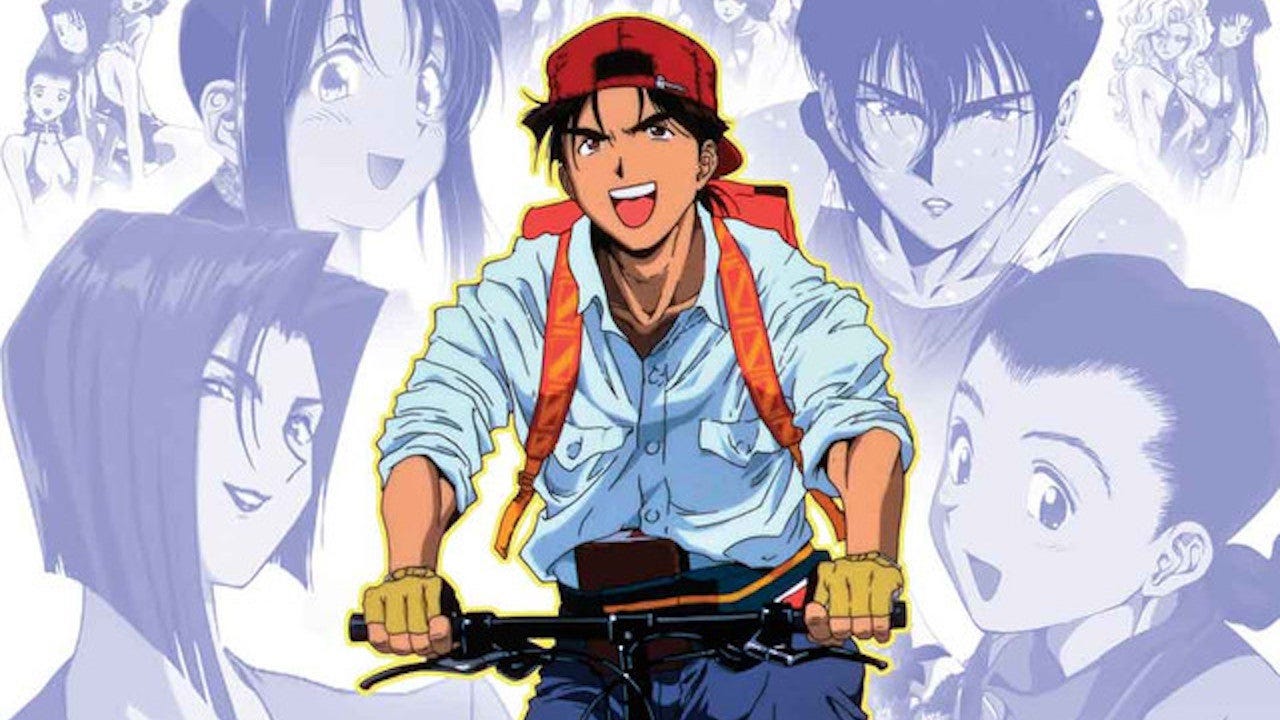
![ART] Goodnight Punpun - Ch. 100 : r/manga ART] Goodnight Punpun - Ch. 100 : r/manga](https://substackcdn.com/image/fetch/$s_!tGOm!,w_1456,c_limit,f_auto,q_auto:good,fl_progressive:steep/https%3A%2F%2Fsubstack-post-media.s3.amazonaws.com%2Fpublic%2Fimages%2F32801722-7ac2-45ac-89a0-f0637437cfd3_1402x932.png)
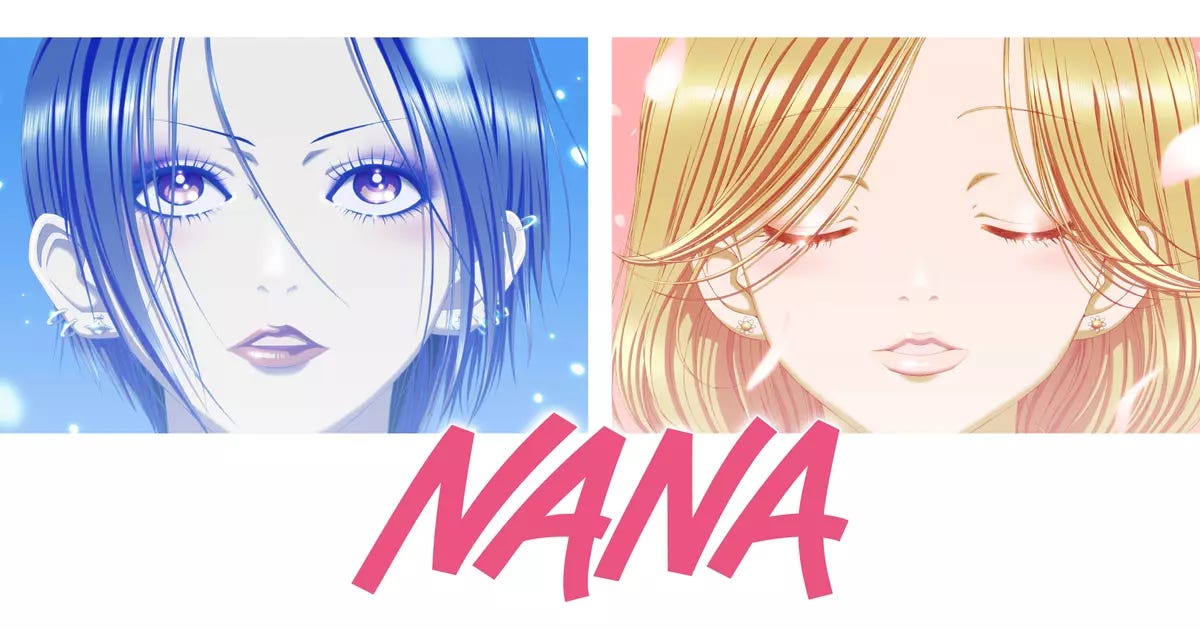
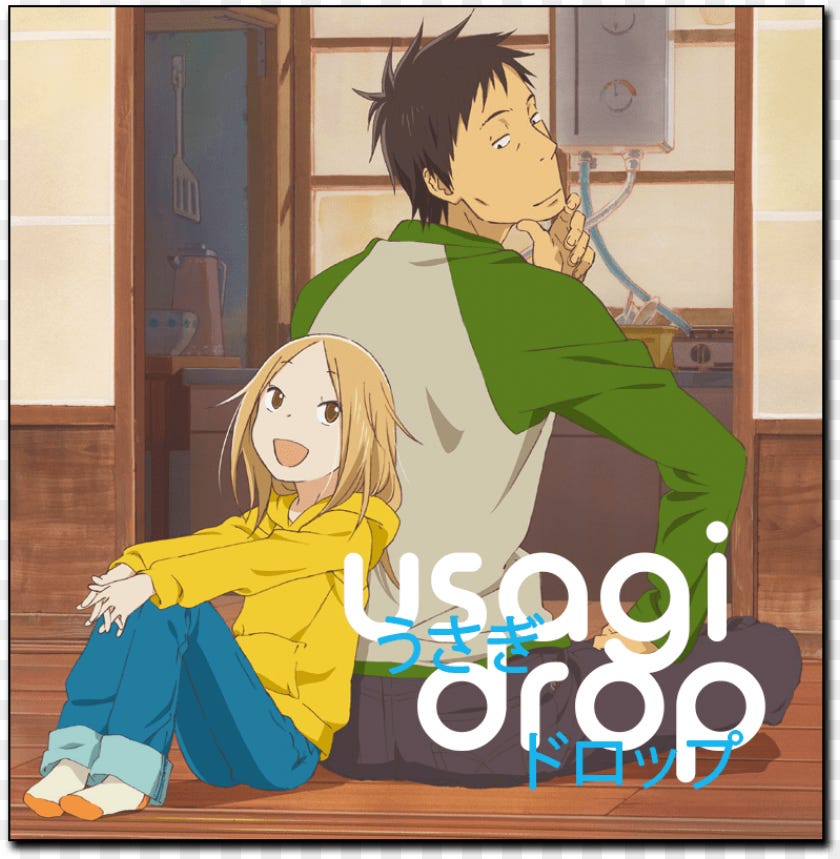
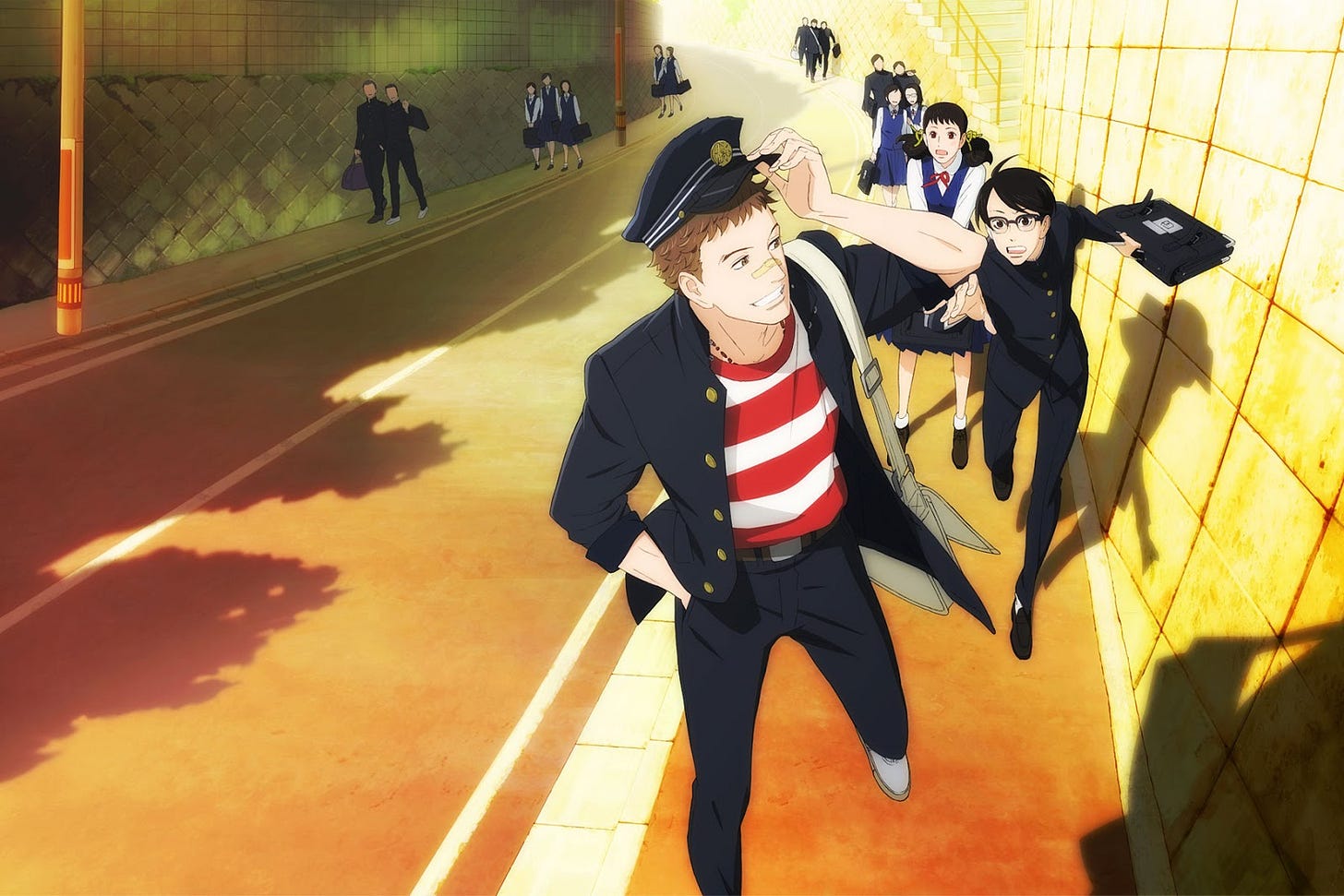
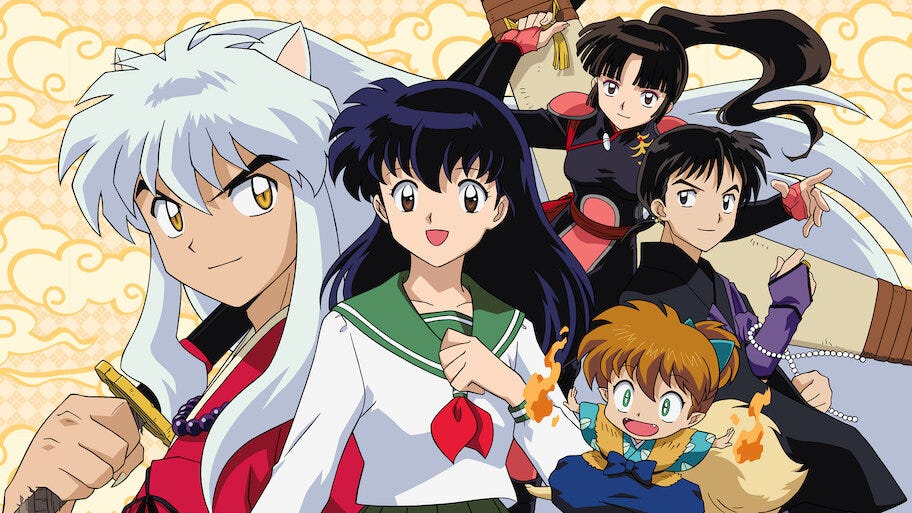
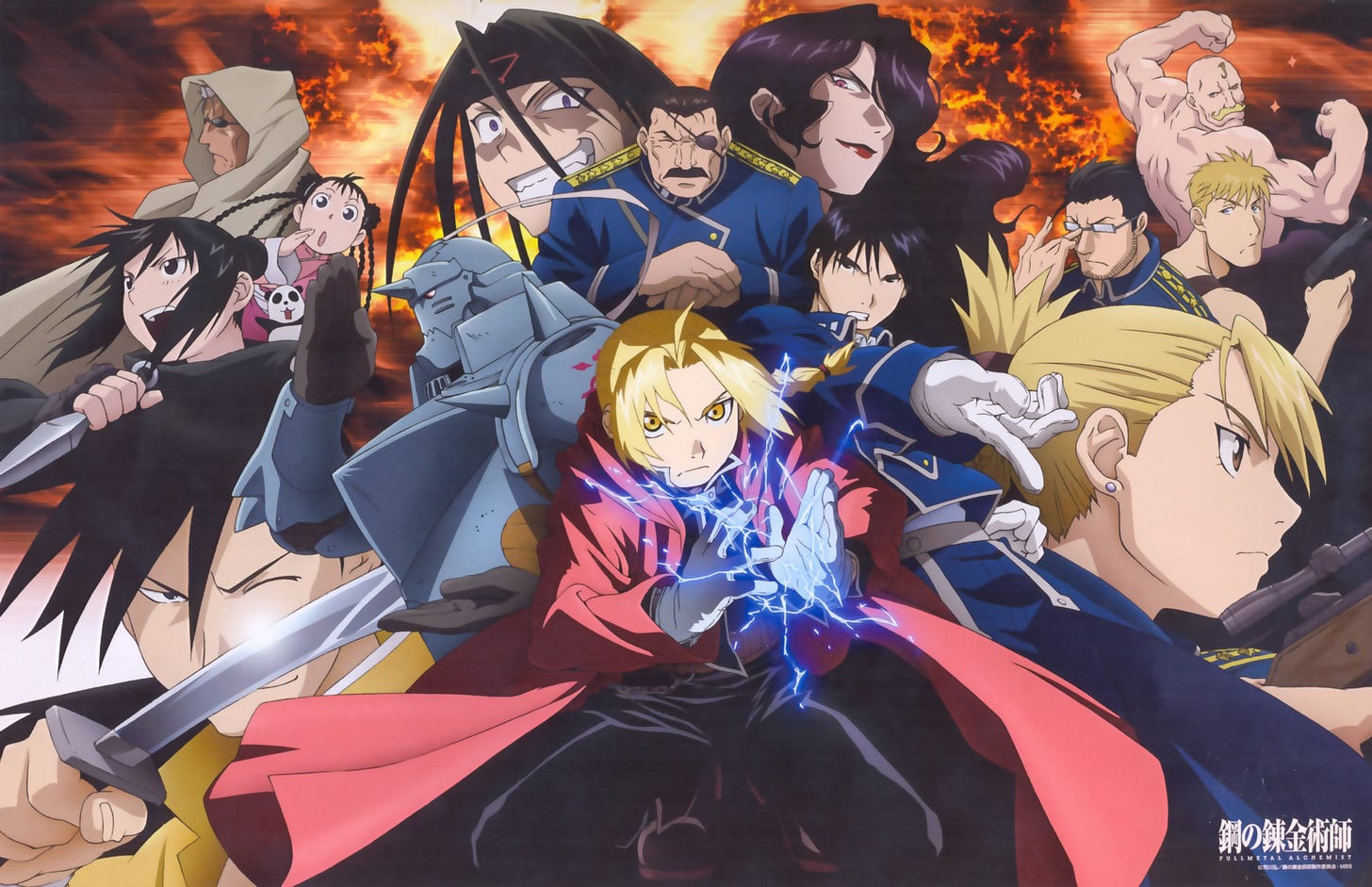
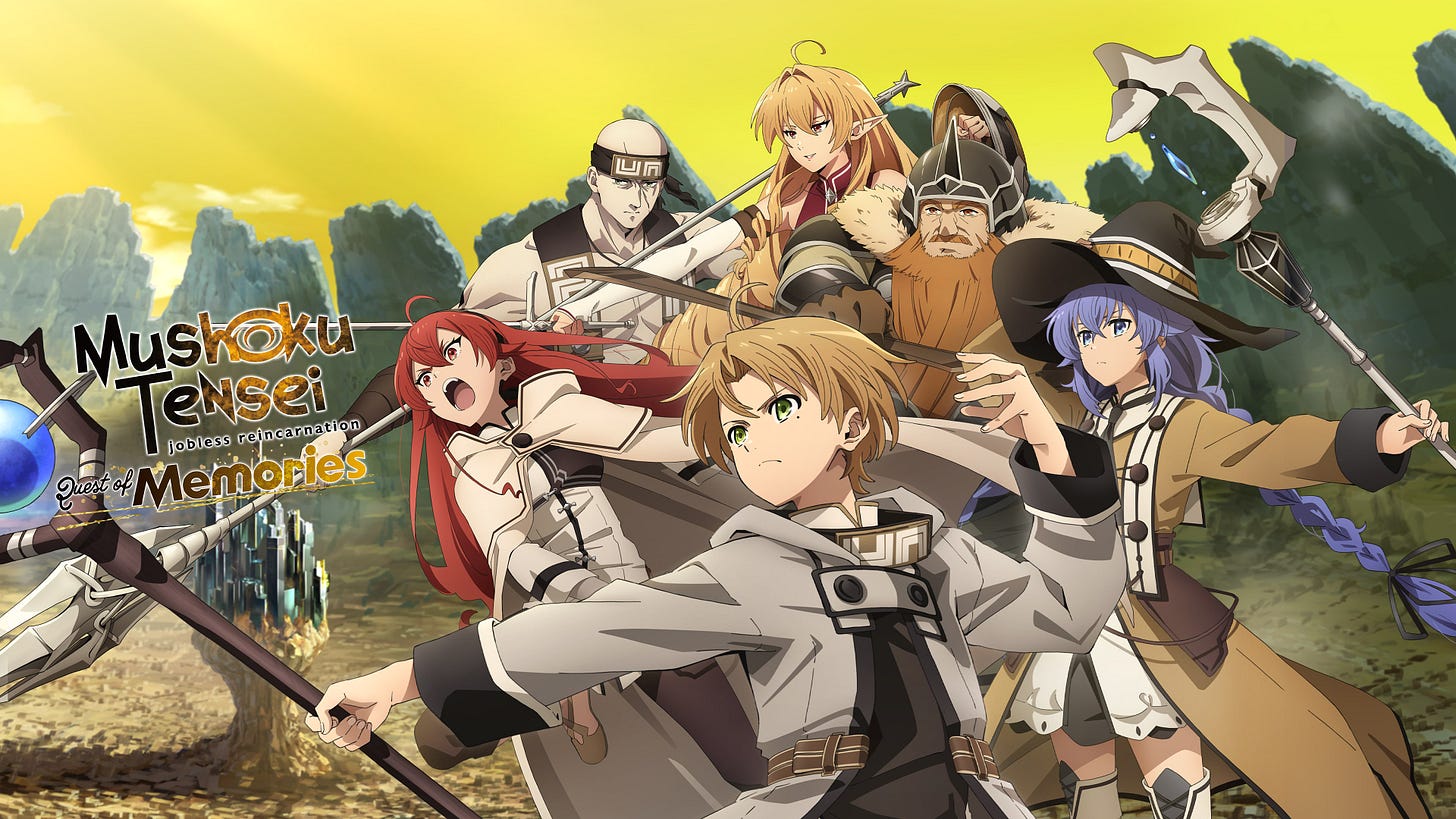
![🔥 [10+] My Dress Up Darling Wallpapers | WallpaperSafari 🔥 [10+] My Dress Up Darling Wallpapers | WallpaperSafari](https://substackcdn.com/image/fetch/$s_!wfTk!,w_1456,c_limit,f_auto,q_auto:good,fl_progressive:steep/https%3A%2F%2Fsubstack-post-media.s3.amazonaws.com%2Fpublic%2Fimages%2F99386376-4db6-41d2-ba32-7a1f6959686d_3840x2160.jpeg)
